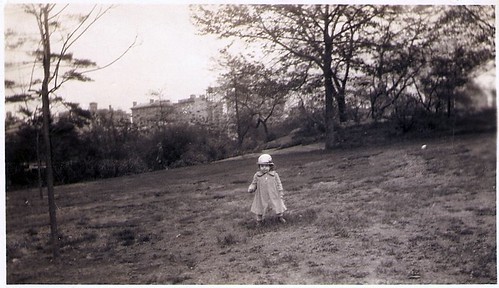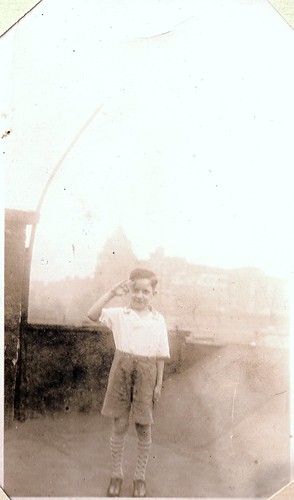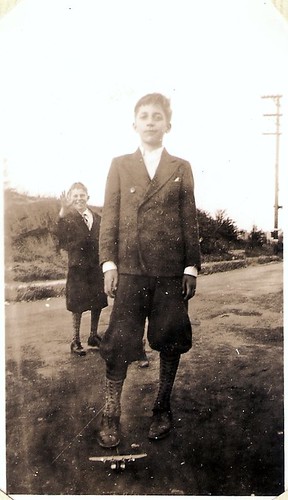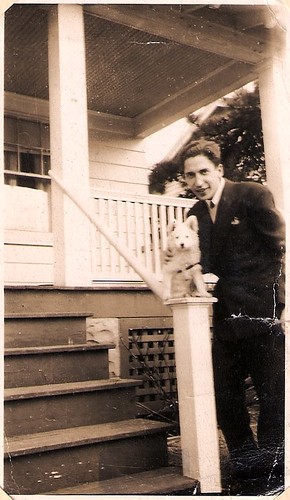I'm sure some consider it a classic, but I've always found Elvis Presley's Blue Christmas annoying. The rest of his holiday album is pretty good — maybe I've just heard Blue Christmas too many times.
I'm not hard hearted. If I didn't enjoy the season I wouldn't even be flipping on the holiday tunes. But I think everyone would agree with me that the most maudlin, terrible holiday song ever recorded is The Christmas Shoes by NewSong. It's an obvious and ham-handed attempt to elicit tears, and it's just really bad. Indigestion is more of a certainty than any depth of feeling. Apparently it was even turned into a television movie starring Rob Lowe. Yikes.
An equally obnoxious story-song set around the holidays is Dan Fogelberg's, Same Old Lang Syne.
Met my old lover in a grocery storeI know whenever I spill my purse out on the floor while unexpectedly bumping into an old flame laughing and crying is my first reaction. Second? Drinking a six-pack with the dude in the grocery store parking lot. Ahhh, the spirit of Christmas.
The snow was falling Christmas Eve
Stole behind her in the frozen foods
and I touched her on the sleeve
She didn't recognize the face at first
but then her eyes flew open wide
Tried to hug me and she spilled her purse
and we laughed until we cried
I also am perplexed by the recent covers of Wham's Last Christmas. George Michael's breathy Marilyn Monroe-like delivery of the lyrics is the height of cheese. In fact, it just points out how much of his singing is just whispering. Why Ashley Tisdale and Taylor Swift felt compelled to record their own versions of this goofy song is anybody's guess.
I love Judy Garland's Have Yourself A Merry Little Christmas, so when I heard a dirge-like version I had to suffer through to the last note to find out who was murdering the classic — and was shocked to discover it was the Pretenders' Chrissie Hynde. Oh well. I'll stick with Garland's and Sinatra's versions.
As far as holiday songs in general, I'm also not fond of Silent Night, The Little Drummer Boy, and Do You See What I See? — no matter who sings them. That's probably connected to my days in the school chorus. Some choir master always thought these songs would be "cool" for kids to sing, as opposed to more traditional carols.
So these are my least favorite holiday songs. At least we only have to run across them once a year (on heavy rotation). I plan to write one more holiday sing-along post, focusing on Christmas novelty songs ...




















































